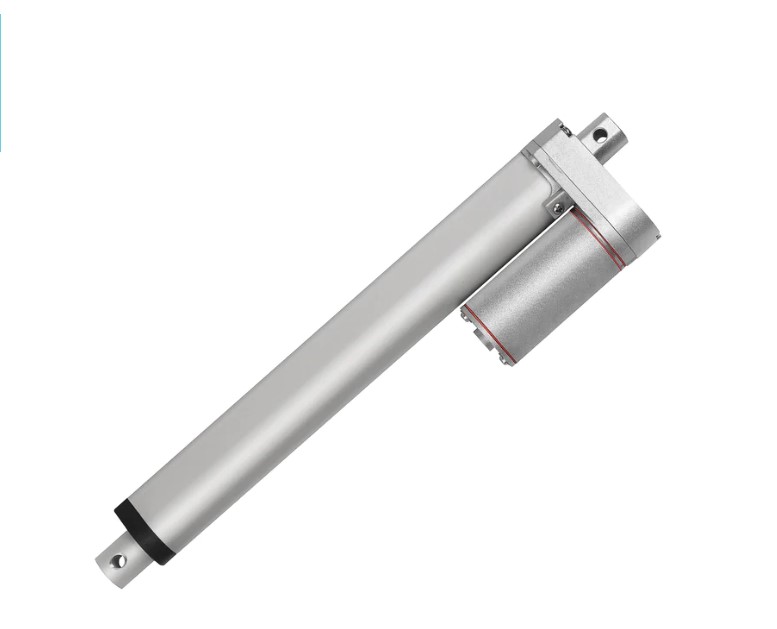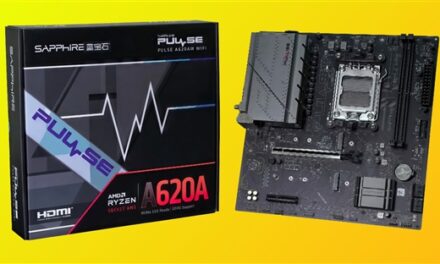
Revolutionizing Industries with Actuator Innovations: From Aerospace to Healthcare

The Power of Precision: Actuators Redefining Industries with Technological Innovations
Innovative technologies are transforming how we approach challenges and solutions across various sectors. We’re witnessing a seismic shift in manufacturing, healthcare, aerospace, and even the energy sector. These industries are now driven by precision, efficiency, and a relentless pursuit of innovation.
In this new industrial landscape, there’s a subtle yet powerful player emerging as a cornerstone of modern technology: a linear actuator. These components have evolved from their traditional roles, stepping into the limelight of high-tech applications. They’re not just about motion anymore, they’re about smart, precise, and efficient motion. These advancements are reshaping everything from robotic arms in manufacturing plants to the gears in satellite antennas.
Material Matters: The Building Blocks of Innovation
The leap in performance and efficiency of mechanical components is largely thanks to cutting-edge materials. Imagine components no longer bound by the limitations of traditional metals but empowered by composites, polymers, and even nanomaterials. These new materials are not only lighter and stronger but also more adaptable to various environmental conditions. This material revolution is enhancing the capabilities of these components, allowing them to operate in extreme conditions, from the vacuum of space to the corrosive depths of our oceans.
But it’s not just about what they’re made of, it’s also about how they’re designed. The latest design methodologies, aided by computer simulations and AI, are creating components that are not just efficient but also incredibly precise. These designs are pushing the boundaries of what’s possible, enabling applications that were once deemed too complex or too expensive.
Actuators in Robotics and Automation
Robotics and automation are at the forefront of this industrial revolution, and mechanical components are the heart and soul of this transformation. In the world of robotics, these components are the muscles that bring machines to life. They are integral in advanced robotic systems, providing the necessary motion and control to perform complex tasks with unprecedented precision and reliability.
Let’s dive into real-world examples. Consider a robotic arm in a manufacturing plant, equipped with these advanced components. It can perform delicate tasks, such as assembling intricate electronics, with a precision that rivals, or even surpasses human dexterity. Or envision a remotely operated vehicle in deep-sea exploration, powered by these components, navigating harsh underwater environments to uncover secrets of the deep. These are not just hypothetical scenarios; they’re current realities, showcasing the transformative power of these advanced components in robotics and automation.
Soaring to New Heights: Actuators in Aerospace
In the high-stakes arena of aerospace, the role of actuators is nothing short of critical. Whether in the sleek body of a jet or the intricate workings of a spacecraft, these components are essential for control and stability. In aircraft, they are the muscles behind the rudder, elevators, and ailerons, dictating the aircraft’s direction with pinpoint accuracy. In spacecraft, they go beyond, operating in the harsh vacuum of space, controlling solar panels, antennae, and even robotic arms. These are the unsung heroes that make precise and reliable aerospace operations possible.
The aerospace industry is witnessing a revolution, thanks to advancements in actuator technology. These innovations are not just about making actuators stronger or more durable; they’re about making them smarter. We’re seeing actuators equipped with sensors and control systems that can adapt to changing conditions, optimize performance, and predict maintenance needs. This level of sophistication is not just enhancing the safety and reliability of aircraft and spacecraft; it’s pushing the boundaries of what’s achievable in aerospace engineering.
Medical Applications of Actuators
In the world of healthcare, precision can be the difference between success and failure. Actuators play a pivotal role in this domain, especially in medical devices and surgical instruments. From advanced prosthetics that mimic natural movement to robotic systems that assist in surgeries, these components are at the forefront of medical innovation. They enable devices to operate with a level of precision and control that was once unimaginable, transforming patient care and surgical outcomes.
The impact of precision actuators in healthcare is profound. We’re seeing breakthroughs in minimally invasive surgeries, where actuators allow surgeons to perform complex procedures with minimal incisions, leading to quicker patient recovery and reduced risk of complications. In diagnostics, actuators are integral in the precise movement of medical imaging equipment, providing clearer, more accurate images. These advancements are not just enhancing existing procedures; they’re enabling new treatments and diagnostic methods, opening doors to better patient care and outcomes.
























